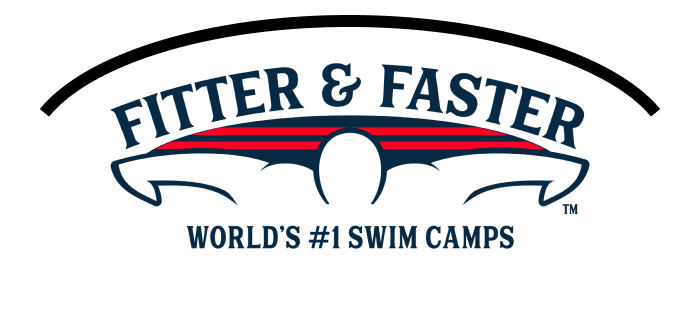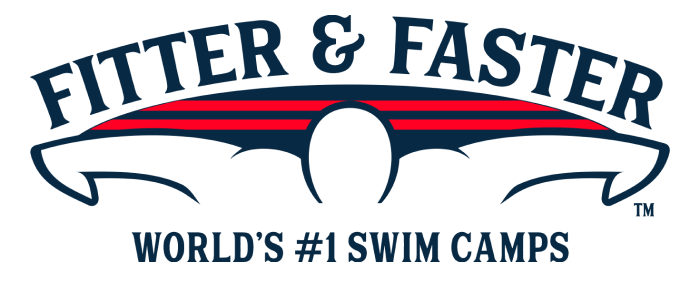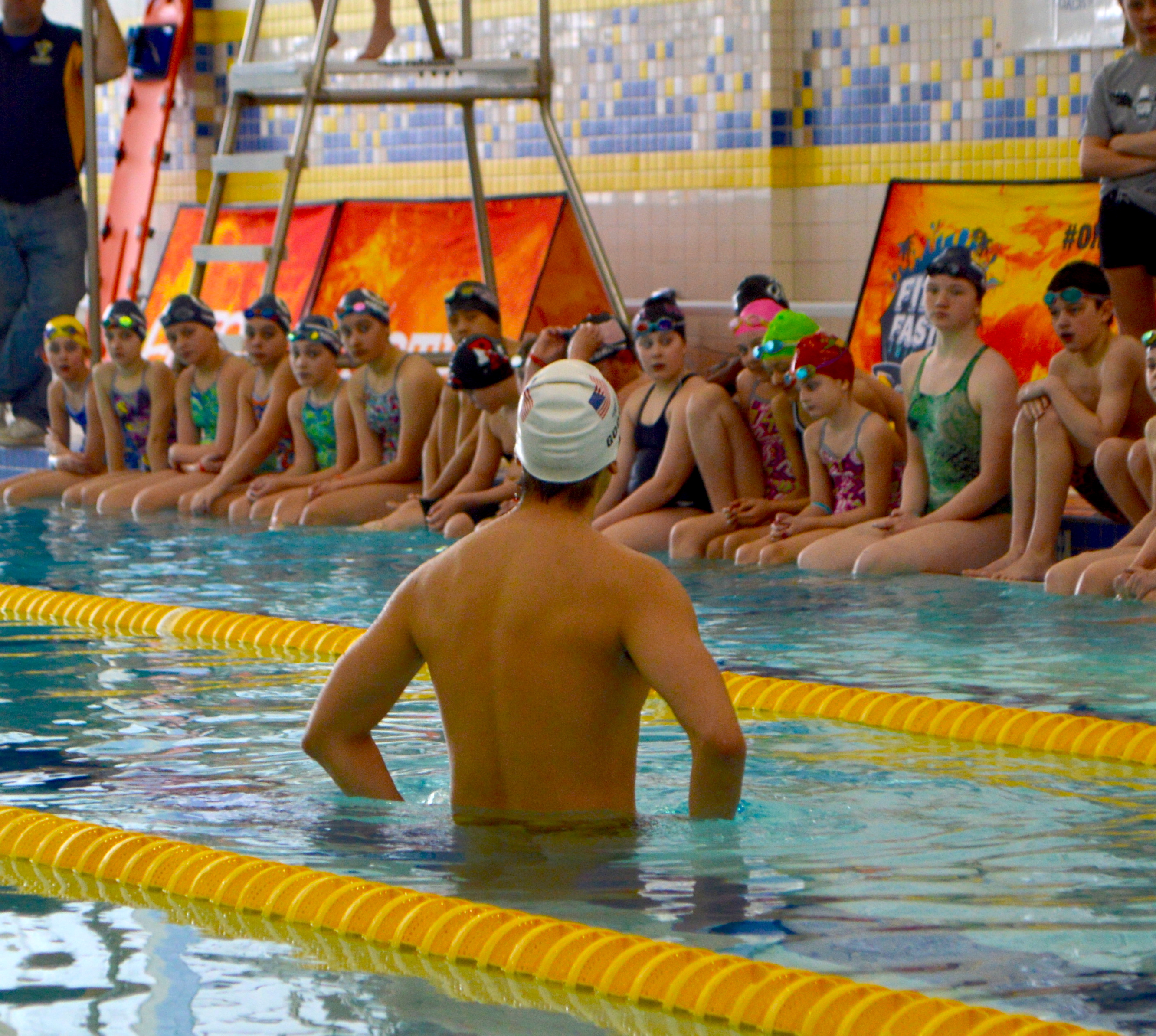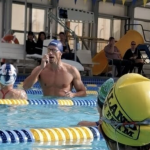Essential Skills for Faster Racing Swim Camp (Ages 10 & over)
Moultrie Family YMCA
711 26th St SE,
Moultrie,
GA 31788
- days
- hours
- minutes
- seconds
Introducción
Fitter & Faster is producing a 2-day swim camp for competitive swimmers ages 11 & over at the Moultrie Family YMCA in Moultrie, Georgia on September 6 & 7, 2025!
ESSENTIALS FOR FASTER RACNG (Ages 11 & over)
DAY 1 (Saturday, September 6):
-> Session 1: Starts, Underwaters & Breakouts
-> Session 2: Backstroke Technique
DAY 2 (Sunday, September 7):
-> Session 3: Breaststroke Technique
-> Session 4: Flip Turns, Open Turns & Finishes
Scroll down for details on the curriculum!
-> Availability in each session is limited to 24 participants to ensure the highest level learning experience.
-> SAVE when you purchase the "Entire Camp Bundle” for your swimmer.
START TIMES:
Sessions 1 & 3: Check in 9 AM, Camp 9:15-11:45 AM
Sessions 2 & 4: Check in 12:15 PM, Camp 12:30-3 PM
Participantes sugeridos
Our top priority is to provide a world-class learning experience for all participants at all of our camps. This camp has sessions for swimmers ages 10 & older. Participants will range from one-year of competitive swimming experience to AAAA times and faster. If you are the parent of a child under the age of 10 and would like for your child to be considered for the younger sessions of this camp, please complete this questionnaire.
Plan de estudios
In this four-session swim camp, your swimmer will receive world-class guidance from elite clinicians at Fitter & Faster, focusing on key elements essential for enhancing overall racing performance! We understand that achieving peak performance demands ongoing refinement, which is why even the most elite swimmers are dedicated to perfecting the very skills we'll be honing with your athlete. In this four-session swim camp, your swimmer will receive world-class guidance from elite clinicians at Fitter & Faster, focusing on key elements essential for enhancing overall racing performance! We understand that achieving peak performance demands ongoing refinement, which is why even the most elite swimmers are dedicated to perfecting the very skills we'll be honing with your athlete. This swim camp is designed for athletes who are hungry to race faster and gain a competitive edge. Over four high-impact sessions, your swimmer will train with elite clinicians to sharpen essential skills that lead to breakthrough performances!
Session 1: STARTS, UNDERWATERS & BREAKOUTS
The better a swimmer’s technique is off the starting block, the more speed they will carry into the water. Session 1 of this swim camp will help your swimmer improve their start, underwater dolphin kicking and breakouts! This sequence is not only the fastest part of every race, but it is also the part of the race in which elite swimmers cover the most ground with the most efficiency.
- BLOCK STARTS: To ensure an explosive start, a swimmer needs to set themselves up properly on the block. The elite clinicians will work with participants on the optimal positioning of your swimmer’s entire body to allow for a quick reaction time and optimal speed.
- WATER ENTRY: Starting the race with a smooth entry into the water will boost your swimmer's speed and carry the momentum generated off the block or wall. Becoming skilled at the water entry is crucial for any start and significantly contributes to your swimmers' overall race!
- STREAMLINE: The streamline - when done properly - is the fastest a swimmer travels while in the water. Proper streamlines are even faster than underwater dolphin kicking. Even the most elite swimmers in the world are constantly working on improving their streamline. Your swimmer will get tips to improve their streamline and a better appreciation of what they need to do on every single wall in practice and in races.
- INITIATING UNDERWATER DOLPHIN KICKING: Top age group and elite swimmers maximize their streamline on every single lap. They don’t start their underwater dolphin kicking while they’re still achieving maximum speed in their streamline! They also don’t want to start the underwater dolphin kicking after their streamline has begun to slow. Your swimmer is going to learn how to time when to begin their underwater dolphin kicking.
- POWERFUL UNDERWATER DOLPHIN KICKING: There are a few different techniques that swimmers use when underwater dolphin kicking. The common theme of these techniques is that the best swimmers kick up and down with equal power. We will show your swimmer the different techniques that elite swimmers use and teach them how to implement.
- NUMBER OF UNDERWATER DOLPHIN KICKS: Figuring out the optimal number of kicks off each wall, for each race, is essential to fast swimming. Elite swimmers want to spend only the absolute necessary amount of time underwater to establish speed with each length. They want to avoid losing their breath and taking weak kicks.
- BREAKOUTS: Many swimmers unintentionally add movements in their breakouts that reduce speed by creating drag. In this camp, participants will focus on perfecting their breakout timing to maintain momentum and power into each lap.
Session 2: BACKSTROKE TECHNIQUE
While backstroke shares many concepts with freestyle, the actual skill can be much different. In this session, your swimmer will refine bodyline, rotation, kick, and pull specifically for backstroke.
- BODY LINE: Backstroke bodyline should eliminate unnecessary movement. Even small amounts of bobbing or swaying create drag. Participants will learn to maintain a flat, aligned posture and engage the core to support a strong, stable position in the water.
- ROTATION: Unlike freestyle, backstrokers rotate most fully onto their side when their hand is midway through the stroke. Rotation in backstroke is essential for two key reasons. First, to apply power during the pull, the swimmer’s hand must be positioned in front of the shoulder and at least a few inches below the surface of the water—something that’s only possible with proper body rotation. Second, rotation helps activate the large muscles of the back as the swimmer drives their hand through the surface and into the catch.
- CONSTANT MOTION: Unlike other strokes, backstroke has no built-in glide phase—the arms are always moving. Your swimmer will work on strategies to keep their stroke continuous and efficient, maximizing distance per stroke while maintaining tempo.
- KICKING: Effective backstroke kicking requires generating propulsion in both directions—both the forward and backwards motions. Your swimmer will learn to kick efficiently on their back, using ankle flexibility and consistent drive to support rotation and propulsion.
- PULL: Backstroke pull requires a high elbow catch, but also uses more of the full arm in the pull than any other stroke since the hand is pulls much further outside the body line. We will work on feeling that full pull and engaging the large muscles of the back to generate power.
Session 3: BREASTSTROKE TECHNIQUE
Breaststroke is unique—no two swimmers look the same at the elite level. It’s all about reducing resistance, perfecting timing, and finding what works for each individual. We’ll build a foundation and then help each swimmer refine their style for maximum speed and efficiency. No matter your swimmer’s level, this session will strengthen their technique and lead to faster and more efficient breaststroke races… and faster IM’s!
- BODYLINE: With the most drag of any stroke, breaststroke demands constant attention to body position. We’ll work on keeping the head, hips, and spine aligned and moving forward at every point in the stroke—especially during the crucial first strokes off each wall.
- KICK: A strong, powerful kick is key in breaststroke. In every breaststroke kick, the ankles should stay outside the knee. The optimal size of the kick varies by each swimmer and is highly dependent on knee and ankle flexibility. Swimmers who view themselves as “bad” at breaststroke kick often only need to focus on decreasing the size of their kick and they can unlock unknown potential.
- PULL: To have a great breaststroke pull, swimmers need to keep their elbows near the surface of the water and out in front of their shoulders at all times. Once the hands turn in and begin the “recovery” phase they need to move quickly to full extension in front of the body to reestablish bodyline. The pull pattern varies based on a swimmer’s kick. We’ll help swimmers match their pull width and tempo to their natural kick style—maximizing propulsion and efficiency.
- TIMING: Elite breaststrokers are constantly tweaking their timing to achieve the ideal combination of power and efficiency. Our clinicians will introduce key drills that help connect the pull, kick, breath, and glide into a smooth, powerful cycle.
Session 4: FLIP TURNS, OPEN TURNS & FINISHES
Quick, powerful turns and finishes are crucial to fast times and winning close races. The top age group and elite swimmers aren't using walls just for turning around - they are used to generate speed and momentum going into the next lap. Elite swimmers are constantly working their turns and looking for areas to improve them. During session 4, we're going to work with your swimmer on taking this crucial part of every race (and practice) to the next level!
- MOMENTUM: The fastest swimmers use walls to generate speed and momentum going into the next lap. Outside of the elite ranks, many swimmers stop or slow down while going into the wall, which kills their momentum! We will work with participants on the intricacies of approaching every wall at top speed and seamlessly initiating their “turn”.
- FLIP TURNS: Flip turns are an opportunity for your swimmers to increase momentum in the middle of a race! Flip turns in which the athletes slow down or have “mechanical” movements negatively impact the speed at which a swimmer comes off the wall. We will work with your swimmer to produce fast flip turns so that they can explode off the walls at maximum speed.
- OPEN TURNS: Elite butterflyers and breaststrokers utilize speed from their last lap to create momentum and even more speed at the beginning of the next lap. Their open turns are actually not “turns”, but more like high-speed pivots. Participants in this session will work on these techniques to have much faster open turns!
- STREAMLINE, UNDERWATER DOLPHIN KICKING, BREAKOUT PROGRESSION: At this session participants will continue to work on the progression covered during session 1.
- FINISHES: Setting yourself up for a fast finish is very similar to setting yourself up for a strong turn in any race. Races are won and lost by hundredths-of-a-second at every swim meet. Many races come down to the last few strokes. At this camp, your swimmer will learn techniques to set themselves up for a well-timed finish when they are still about 10 yards from the wall.
ASK QUESTIONS
Swimmers and parents are invited to ask the clinicians questions during a Q&A session. Gain insight into their training regimen, diet and nutrition, and recovery tactics.
WATCH THE CLINICIANS
Observe clinicians swim at full speed and demonstrate a progression of perfectly executed drills to achieve powerful, efficient and fast swimming.
PUT YOUR SKILLS TO THE TEST
Throughout the camp, swimmers will practice what they've learned with some of the world's most elite Swimmer Clinicians and coaches!
Take a photo, get autographs, and chat with your clinicians!
Inquisitive, Educated Swimmers are Faster Swimmers! Sign up today!


